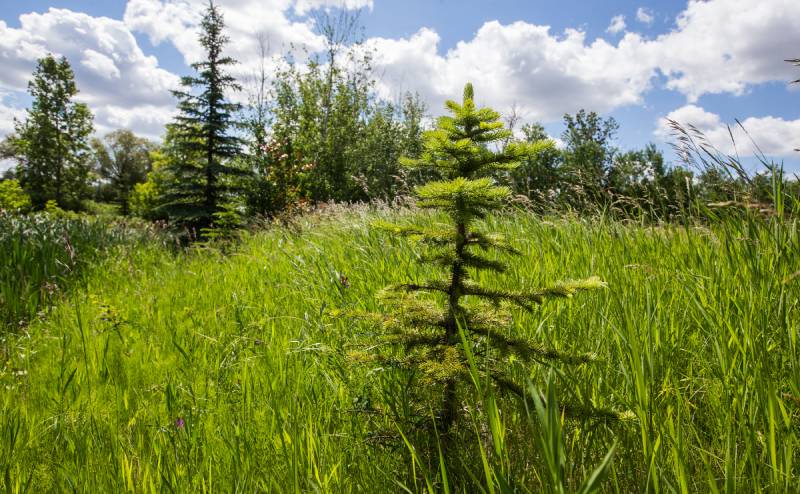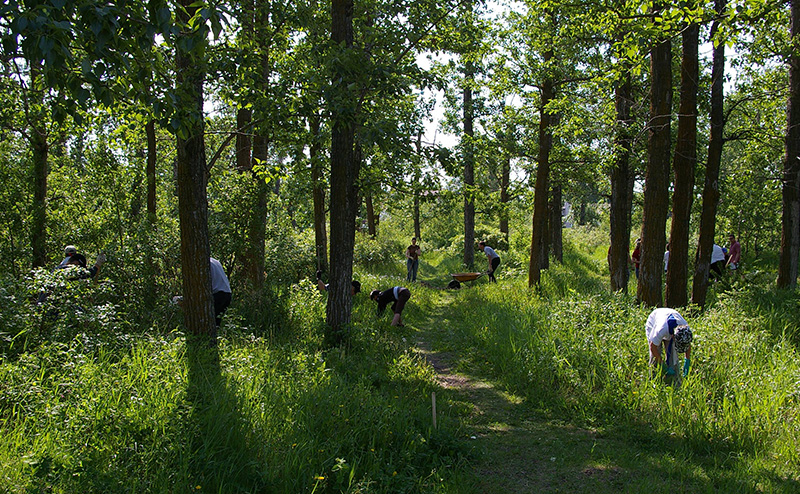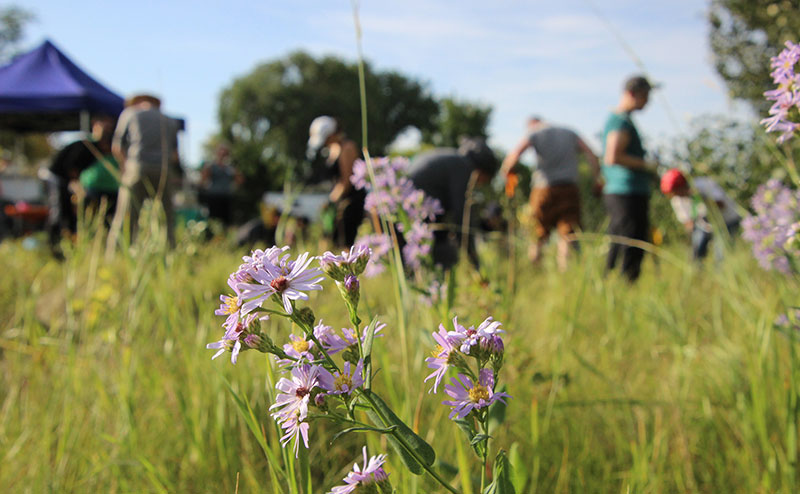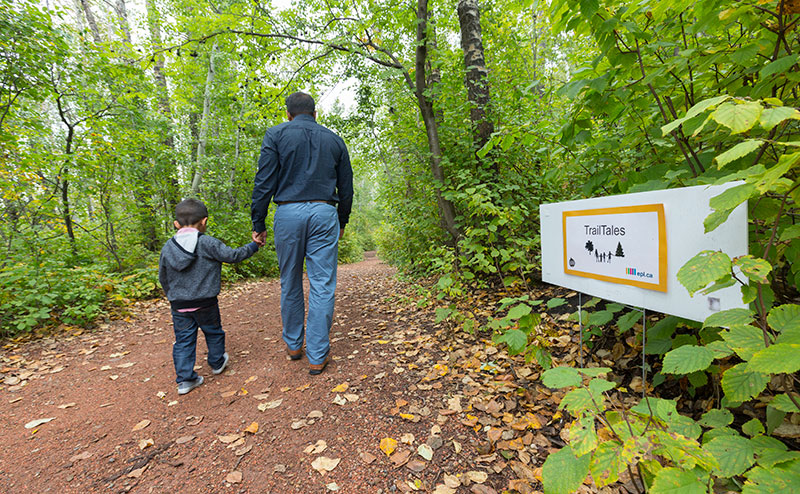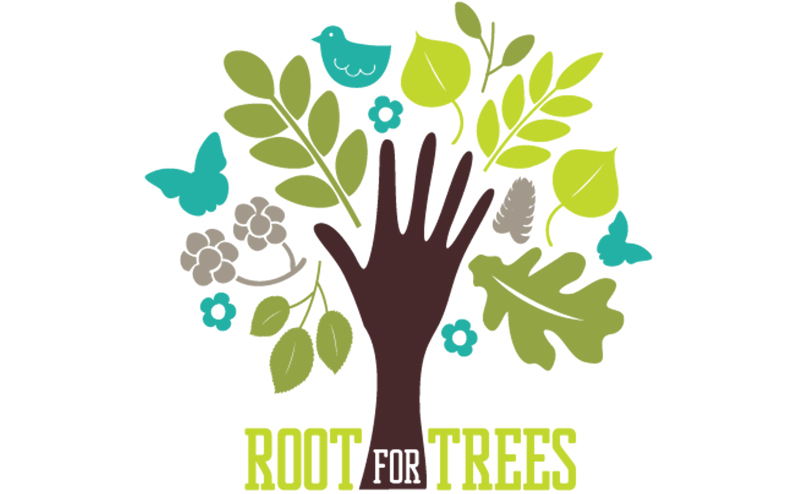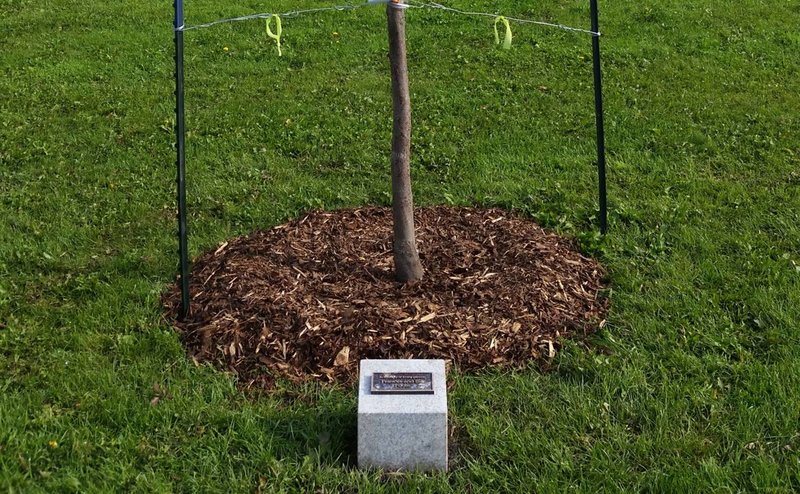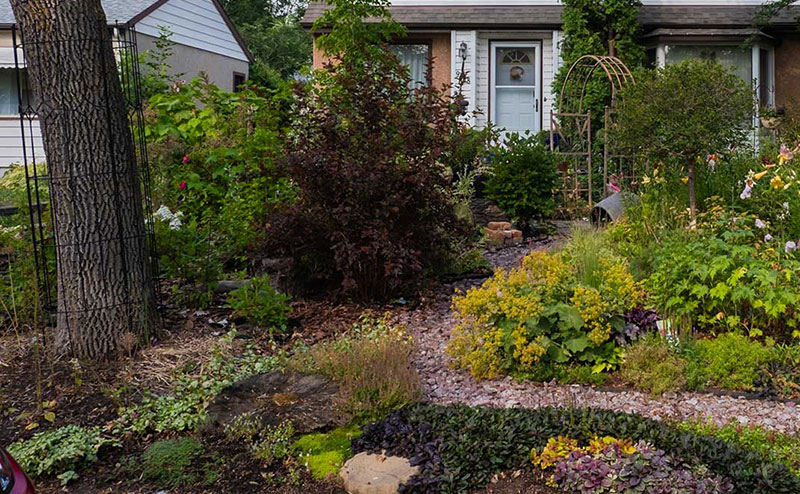Beginning in 2023, for sites being prepared for naturalization, regular grass mowing/turf maintenance is adjusted at the start of the season to a height of 10 centimetres. City crews will continue to monitor and maintain the areas controlling noxious prohibited weeds and trash removal.
This stage may last for 1-2 years. If the location is suitable to have trees and shrubs, the process will then continue to stage 2 - tree planting. Otherwise it will stay in the site preparation stage for another year.
Certain sites may be able to have trees and shrubs planted in the first year, skipping stage 1 and moving immediately to stage 2 and 3.


